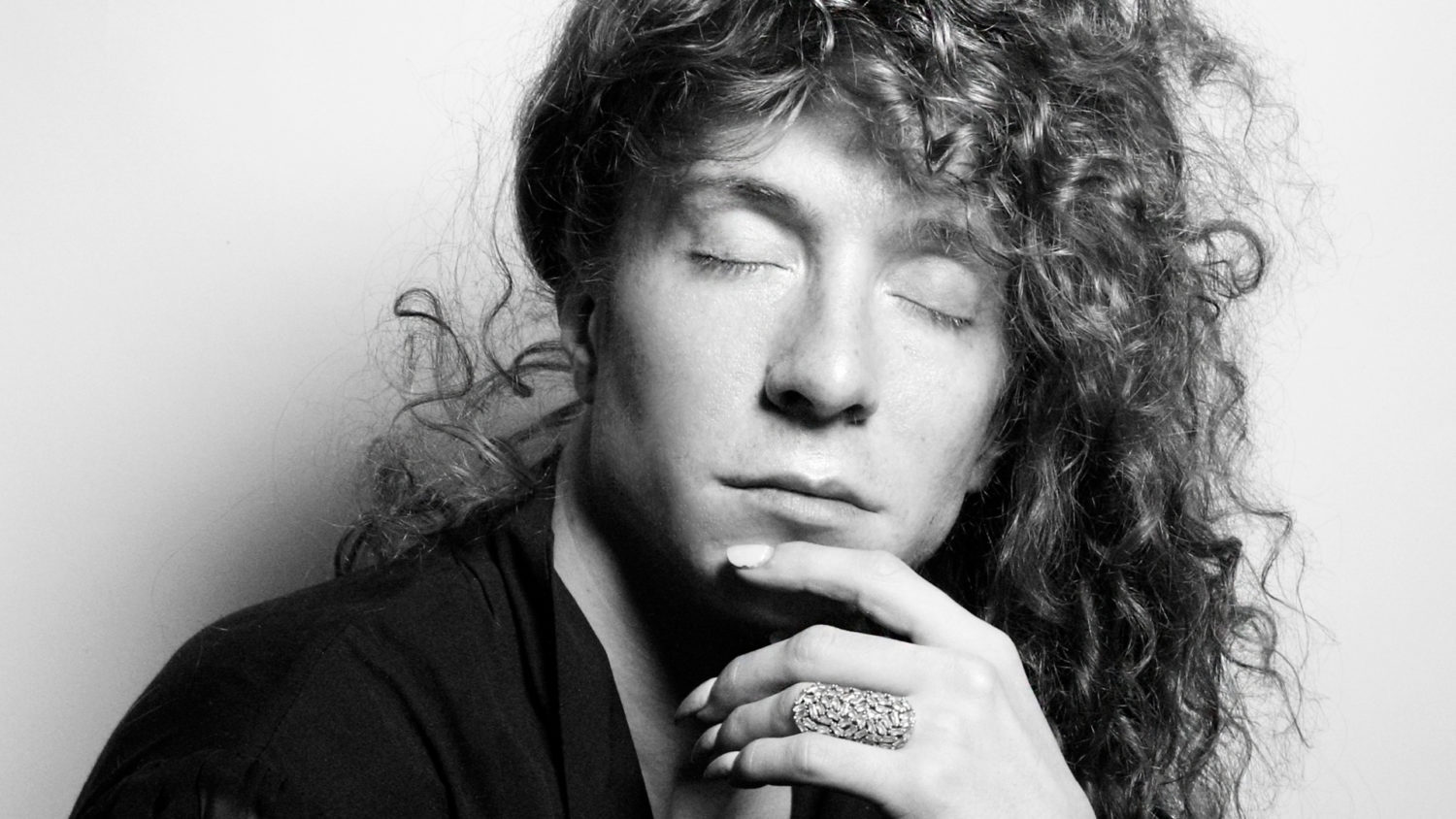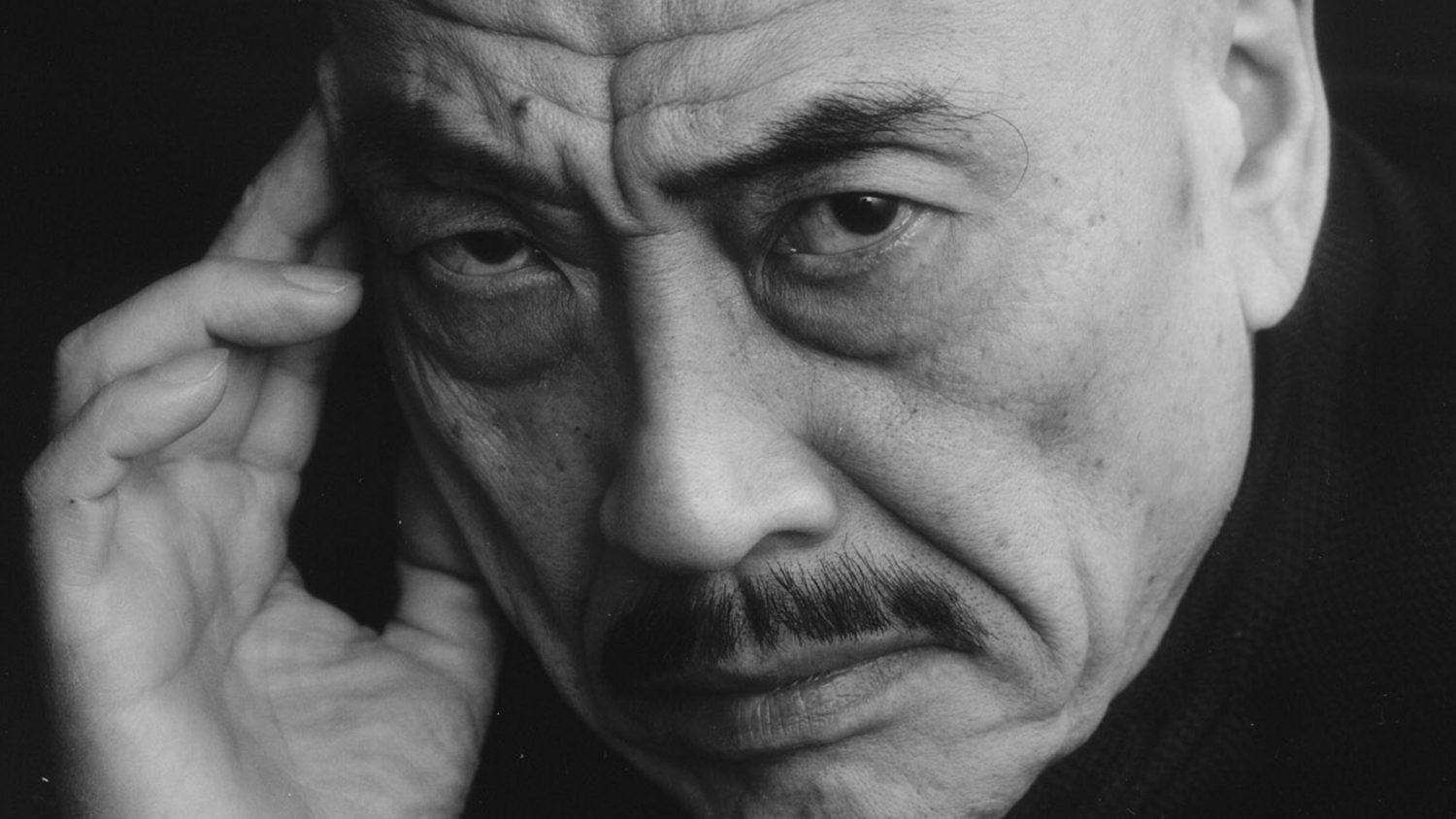One is a choreographer, dancer and singer at the intersection of contemporary genres. The other is a butoh trailblazer and founder of the historic Dairakudakan company. Coming from cultures and aesthetics that are polar opposites, François Chaignaud and Akaji Maro have a common desire to experiment and share.
After they first met in 2013, they started working towards an unusual duo project designed as a fusion between their respective universes. The bizarre and delightful synthesis is epitomized by the physical confrontation of the two artists. Between the body of the preeminent shapeshifter and the seventy-year-old prince of the grotesque the age, style and appearance differences blend into a cohesive unit beyond the beautiful and the ugly, the sacred and the secular. Their bodily closeness spawns “an abstract, amorous, humble and over-the-top dance” whose vital power wipes out the gender question.
Their densely rich creation feeds off of a conflation of borrowings, exchanges and cultural transmissions where the figure and writings of Antonin Artaud – a major influence on Japan’s butoh scene – are a common source of inspiration. GOLD SHOWER offers a contrasting profile of two artists that are “so far away and so close”, inviting the audience to a flamboyant celebration. This incandescent ritual is performed outside of the theater’s facilities, at the Maison de la musique in Nanterre.

Diplômé en 2003 du CNSM, François Chaignaud collabore avec plusieurs chorégraphes dont Boris Charmatz, Emmanuelle Huynh et Alain Buffard. Depuis He’s One That Goes to Sea for Nothing but to Make Him Sick (2004) jusqu’à Думи мої (2013), il crée des performances dans lesquelles s’articulent danses et chants puisant aux références les plus diverses, de la littérature érotique aux arts sacrés. Également historien, il a publié L’Affaire Berger-Levrault : le féminisme à l’épreuve (1898-1905). Cette curiosité historique le conduit à initier des collaborations diverses, notamment avec Marie Caroline Hominal et Théo Mercier. Depuis 2005, il collabore avec Cecilia Bengolea avec laquelle il crée une dizaine de pièces, au sein de la compagnie Vlovajob Pru. En 2017, il crée, avec Nino Lainé, Romances inciertos, un autre Orlando, spectacle autour des motifs de l’ambiguïté de genre, présenté lors de la 72e édition du festival d’Avignon. Son dernier spectacle, Symphonia Harmoniæ Cælesitum Revelationum (2019), créé avec Marie-Pierre Brébant, est une recherche autour du répertoire d’Hildegarde de Bingen.

Akaji Maro est né en 1943 au Japon. En 1965, sous l’influence du pionnier du butô, Tatsumi Hijikata, il co-fonde la première compagnie de théâtre. Grâce à son approche personnelle et spectaculaire du jeu d’acteur, Maro inspire de nombreux artistes performeurs des années 1960 et 1970. En 1972, Maro fonde sa propre compagnie, Dairakudakan. Il amène alors sa technique performative spectaculaire au cœur des pièces de danse butô et se produit dans des festivals de danse en France et aux États-Unis. Grâce à sa méthode où chaque individu doit être capable d’exprimer et créer son propre vocabulaire de mouvements, Maro inspire de nombreux artistes de butô célèbres comme Ushio Amagastu ou Carlotta Ikeda. Acteur, danseur, réalisateur et chorégraphe, Maro a aussi été à l’affiche de plusieurs films comme Kikujiro de Takeshi Kitano, Room de Shion Sono ou Kill Bill de Quentin Tarantino. Depuis 2007, sa compagnie est régulièrement invitée à la Maison de la culture du Japon à Paris.
Ajoutez le site sur votre écran d'accueil pour un accès plus rapide !
Appuyez sur
puis “Sur l'écran d'accueil”